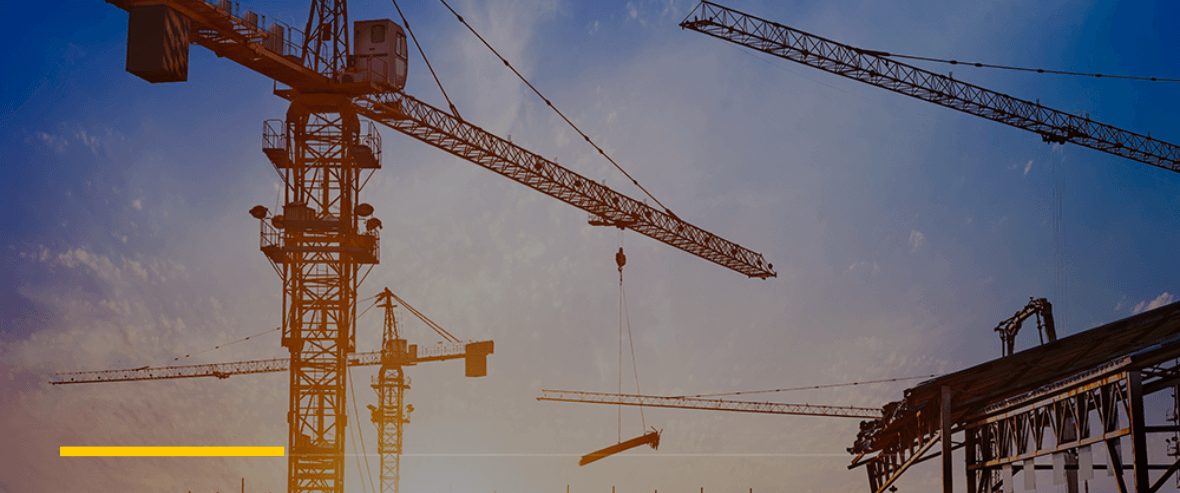Crane Rental Prices Per Day and 6 Factors Affecting Rental Costs In the world of construction and large-scale industrial projects, cranes play a pivotal role. They lift heavy materials, move large objects, and facilitate complex operations. However, the cost of renting a crane can vary significantly, and understanding these costs can help you budget more effectively. This article will explore crane rental prices per day and the six key factors that influence these costs.
Understanding Crane Rental Prices
Crane rental prices can vary widely depending on several factors. On average, renting a crane can cost anywhere from $200 to $2,000 per day. The wide range in prices reflects the diversity of cranes available, from small mobile cranes to massive tower cranes. Here’s a breakdown of the typical rental costs for different types of cranes:
- Small Mobile Cranes: These cranes, often used for light lifting and smaller construction projects, typically cost between $200 and $500 per day.
- Mid-Size Cranes: Cranes used for medium-scale projects, such as those in mid-rise construction, generally range from $500 to $1,000 per day.
- Large Cranes: Heavy-duty cranes, including tower cranes and large mobile cranes used for major construction projects, can cost from $1,000 to $2,000 per day or more.
Six Factors Affecting Crane Rental Costs
Several factors influence the cost of renting a crane. Understanding these can help you make informed decisions and potentially save on rental expenses.
1. Type of Crane
The type of crane you need plays a significant role in determining rental costs. Different cranes are designed for specific tasks, and their capabilities influence their pricing.
- Mobile Cranes: Versatile and able to move from one location to another, mobile cranes are typically less expensive to rent. They are ideal for jobs requiring flexibility and are commonly used in residential and commercial projects.
- Tower Cranes: These are used for high-rise buildings and large construction projects. Their rental costs are higher due to their size and the complexity of their installation and operation.
- Crawler Cranes: Known for their stability and ability to handle heavy loads, crawler cranes are used in large-scale projects and can be more expensive due to their heavy-duty nature.
- Overhead Cranes: Used primarily in industrial settings, overhead cranes are often rented for long-term projects and have varying costs based on their capacity and complexity.
2. Crane Size and Capacity
The size and lifting capacity of a crane are directly proportional to its rental cost. Larger cranes with higher lifting capacities are more expensive due to their increased complexity and the costs associated with their maintenance and operation.
- Small Cranes: Suitable for light-duty tasks and smaller projects, these cranes are less expensive.
- Medium Cranes: Used for more substantial loads and taller structures, these cranes are more costly than small cranes but less expensive than large cranes.
- Large Cranes: Capable of lifting massive weights and used for major construction, these cranes command the highest rental prices.
3. Rental Duration
The length of time you need the crane will affect the overall rental cost. Rental companies often offer discounted rates for longer rental periods. Conversely, short-term rentals may come with higher daily rates.
- Short-Term Rentals: Typically for projects lasting a few days to a week, short-term rentals can be more expensive per day.
- Long-Term Rentals: For projects extending over several weeks or months, rental companies usually provide more favorable rates.
4. Project Location
The location of your project can impact crane rental costs. Factors such as accessibility, terrain, and distance from the rental company’s base affect pricing.
- Urban Areas: Projects in cities or densely populated areas may incur additional costs due to traffic, limited space, and logistical challenges.
- Remote Locations: Jobs in remote or difficult-to-access areas may have higher costs due to the need for specialized transportation and setup.
5. Operational Costs
The cost of operating a crane includes factors such as fuel, maintenance, and the need for qualified operators. Rental companies often include the cost of an operator in their rental fee, but this can vary.
- Operator Costs: Some rental companies provide operators as part of the rental agreement, while others charge separately for this service. The cost of hiring a skilled crane operator can significantly impact the overall rental price.
- Fuel and Maintenance: Daily rental rates may include fuel and maintenance, but this is not always the case. Ensure you understand what is included in the rental fee and what additional costs you may incur.
6. Insurance and Permits
Crane rentals often require insurance and permits, which can add to the overall cost. The need for these varies based on the project’s size, location, and the crane’s capabilities.
- Insurance: Insurance coverage is essential to protect against potential damage or accidents. The cost of insurance can be included in the rental fee or billed separately.
- Permits: Depending on the location and type of crane, you may need various permits. Obtaining these permits can add to the overall cost of the crane rental.
Tips for Managing Crane Rental Costs
To manage crane rental costs effectively, consider the following tips:
- Plan Ahead: Book your crane rental well in advance to secure better rates and availability.
- Compare Quotes: Obtain quotes from multiple rental companies to find the best price for your needs.
- Negotiate: Don’t hesitate to negotiate rental terms, especially for long-term projects.
- Understand the Contract: Review the rental agreement carefully to understand what is included in the cost and what additional charges may apply.
- Assess Your Needs: Choose the right type and size of crane for your project to avoid paying for unnecessary capabilities.
Conclusion
Crane rental prices per day vary widely based on the type of crane, its size and capacity, rental duration, project location, operational costs, and insurance and permit requirements. By understanding these factors, you can make more informed decisions and better manage your project budget. Whether you need a small mobile crane for a short-term residential project or a large tower crane for a high-rise construction job, knowing the key elements that influence rental costs will help you optimize your crane rental strategy and ensure a successful project outcome.

